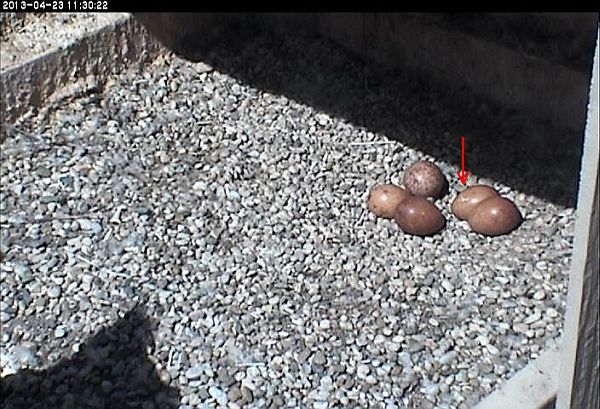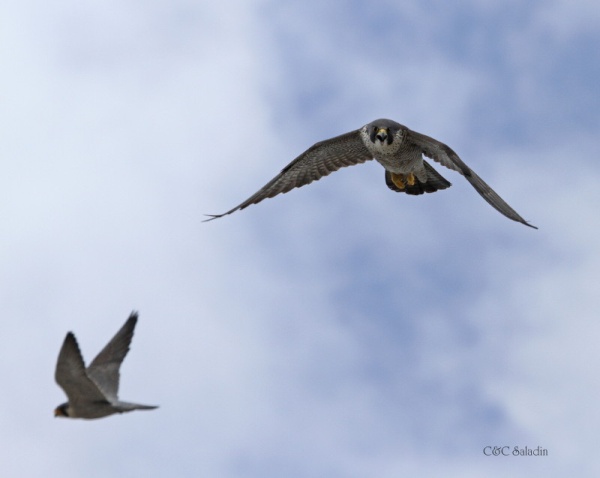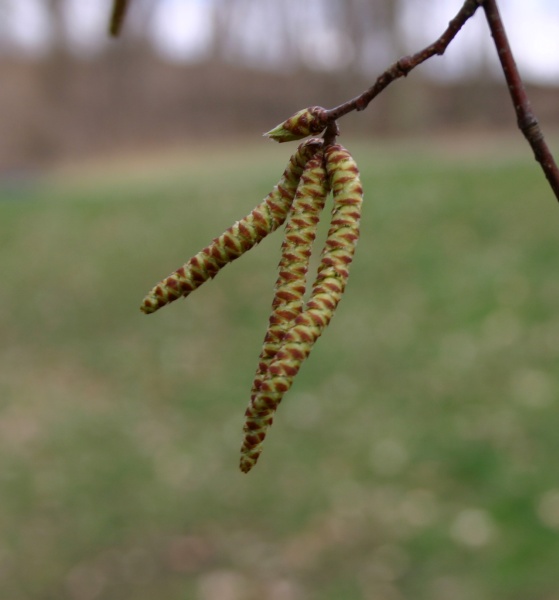
(While we wait for the peregrine eggs to hatch, let’s look at some plants.)
I used to say with confidence that mayapples bloom in May but I got worried last year when they came out in April.
This year I saw two plants blooming in Frick Park on April 17. I started to worry again, but last weekend’s cold weather put the flowers on hold. Just to be sure I went out and checked on them.
Mayapples (Podophyllum peltatum) are perennial plants that grow in colonies in open woods. When they first come up the colonies look like miniature forests of green umbrellas.
Each plant has one or two leaves but only the two-leaved plants have flowers because the flower stalk grows from the Y between the leaves.
Above are two mayapples with single leaves in Schenley Park. Nice, but they won’t have flowers.
Below, a nascent double-leaf plant shows the flower bud between the leaves.

As the plant grows the umbrellas unfurl with the flower bud between them.

Then the bud turns its head downward and the flower opens vertically or face down. The leaves are so big and shady that it’s hard to see the flower.
Schenley Park’s mayapples weren’t blooming yet (aha!) so I found a picture of a blooming plant on Wikimedia Commons. It’s on a hill so the photographer can look up to see the flower.
If you really want to see mayapple flowers up close you have to lie on your belly to do it.
I’m sure that’s what Chuck Tague did to get this photo. I’m leaving the dirty work to him. 😉

A week from today will be May 1. Unless the weather heats up really fast, I think it’s safe to say these will be “May” apples this year.
(leaf and bud photos by Kate St. John. complete flowering plant from Wikimedia Commons. Flower closeup by Chuck Tague.)

















